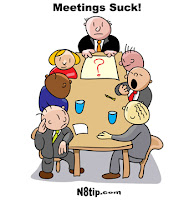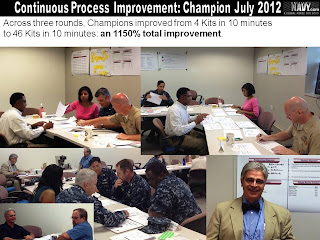Mentoring a Student Team for the MAES College Decathlon
By some strange mistake in judgment, the MAES chapter from Colorado University-Boulder ended up with me as their mentor for the college decathlon event held during the annual symposium. I'm enjoying the experience, but I wonder how useful I've really been to my team (this is my first college decathlon, so they have to spend a little extra time teaching me how to mentor them). For the "Blog Post" event, my students have posted a short article to the MAES Facebook page. The measure of success in this event is the number of "Likes" they get on Facebook by this afternoon. If you have a few seconds, please like and share at the link below. Go Buffaloes! top-10-things-to-remember-for-the-next-maes-symposium


